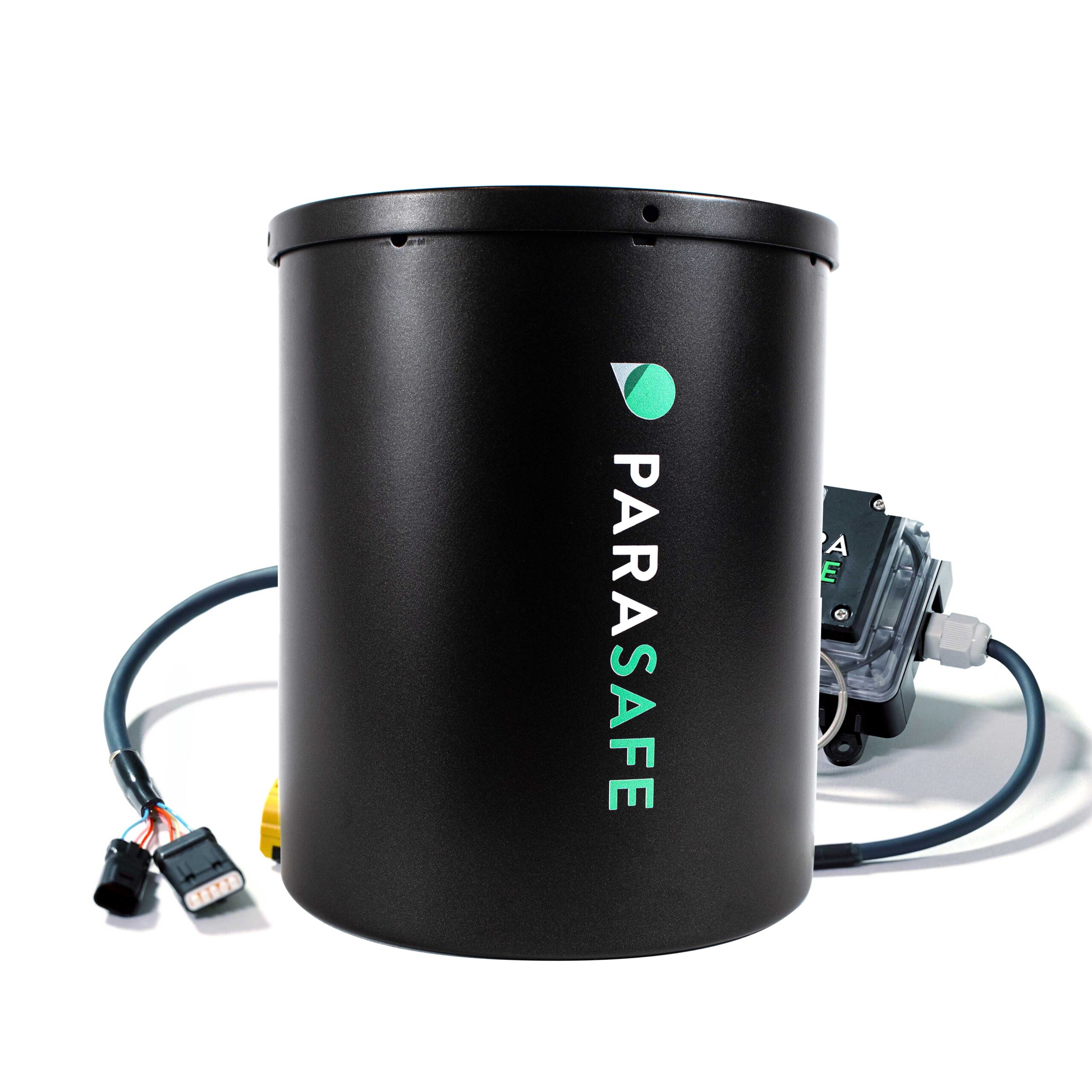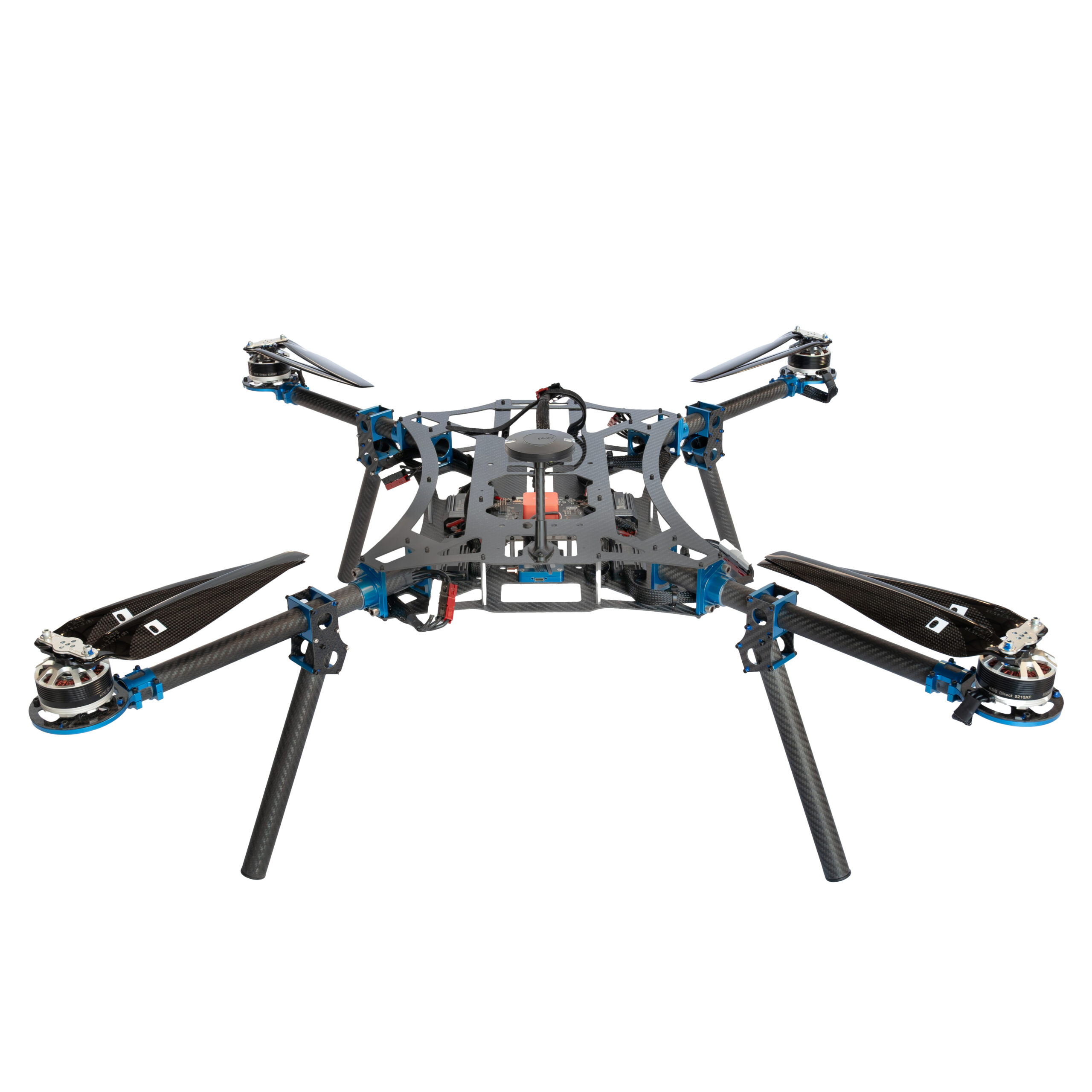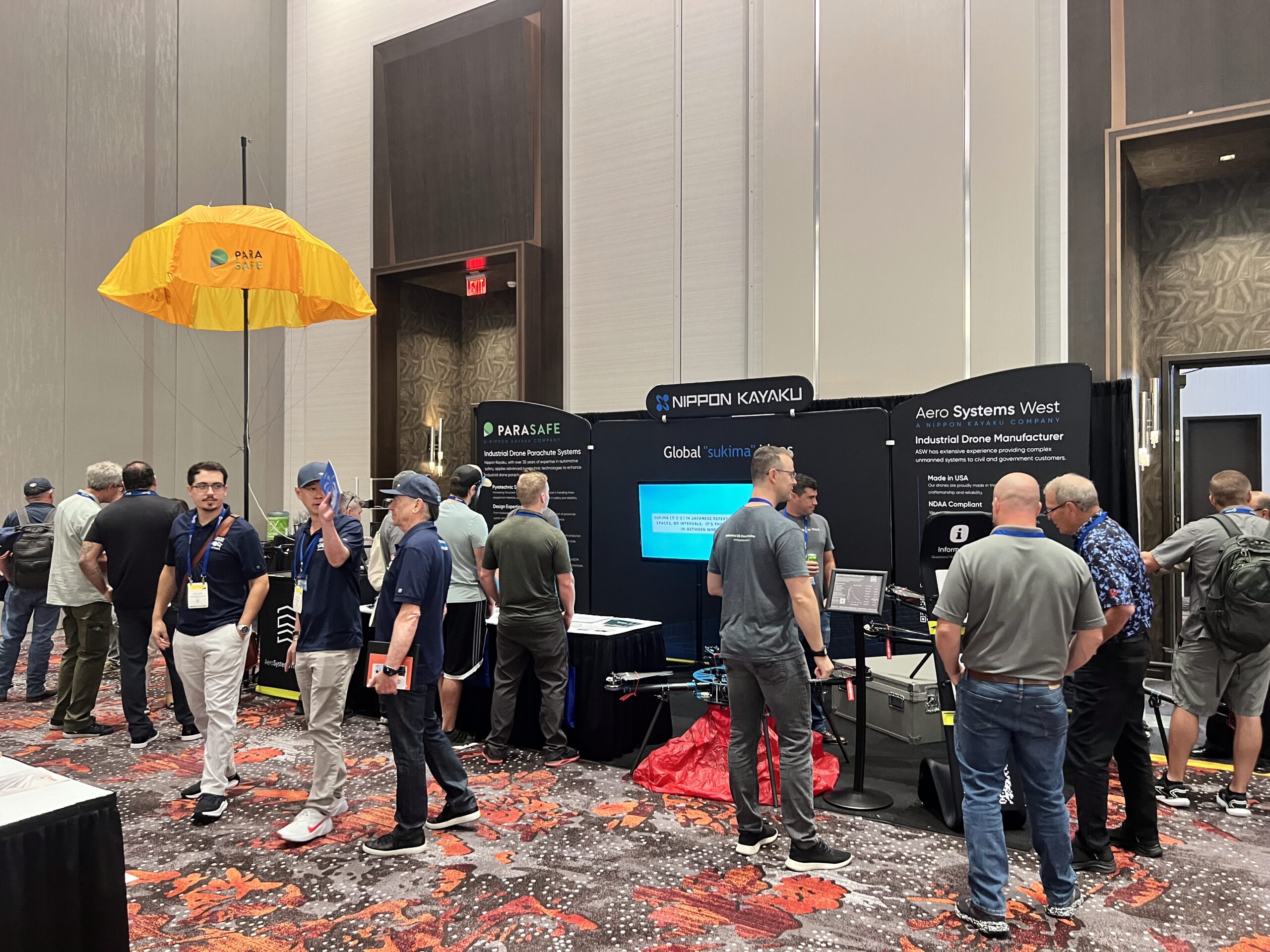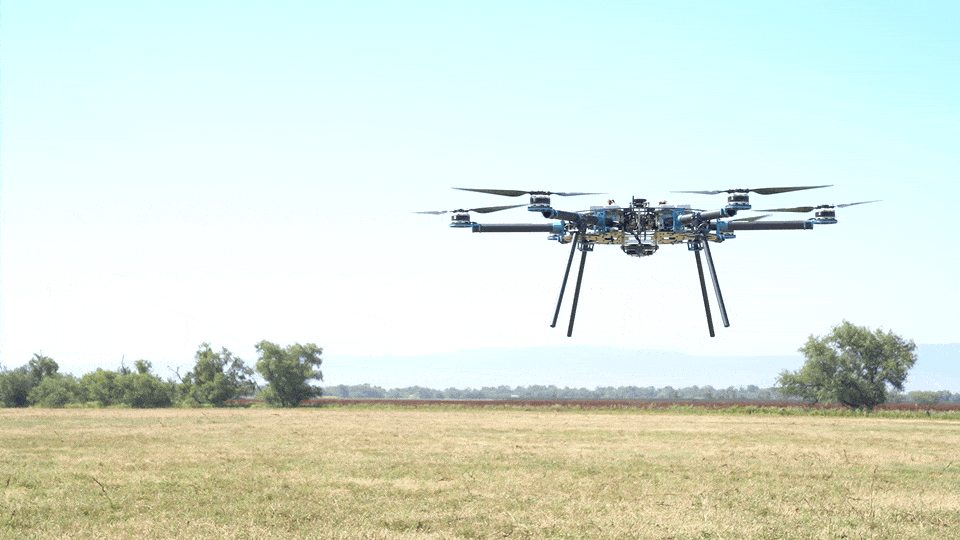
Mastering Heavy Lift Drone Operations: A Pilot’s Guide

Navigating the Skies with Heavy Lift Drones
Embarking on the journey of mastering heavy lift drone operations opens up new horizons for UAV pilots. In this guide, we’ll delve into essential skills, best practices, and unique considerations that define successful heavy lift drone operations.
Understanding Heavy Lift Drones: A Brief Overview
Unraveling the Capabilities of Heavy Lift UAVs
In the realm of unmanned aerial vehicles (UAVs), heavy lift drones stand out as powerful workhorses capable of carrying substantial payloads. Aero Systems West (ASW) takes pride in its cutting-edge drone lineup, designed with robust features that redefine the possibilities of aerial operations. Let’s unravel the capabilities of these remarkable UAVs by drawing insights into their design, payload capacity, and diverse applications.
To operate a heavy lift drone effectively, it’s crucial to understand their capabilities.
ASW’s Heavy Lift Multirotor (HLM) series, including the Industrial Quadcopter, Hexacopter, and Octocopter, are designed for precision flying and industrial operations. These UAVs boast robust frames, advanced propulsion systems, and top-notch stabilization capabilities. The HLM series offers unparalleled versatility, with customizable payload systems and modular designs.
The Industrial Quadcopter, for instance, with a payload capacity of up to 26 lbs, is ideal for missions in agriculture and heavy industrial applications. The Hexacopter and Octocopter, capable of lifting up to 46 lbs and 66 lbs, respectively, represent the pinnacle of heavy lift drones, catering to specialized missions with diverse payload requirements.
These drones, made in the US from aircraft-grade materials, feature autonomous capabilities, modular designs, and high endurance, making them suitable for various industrial applications.
ASW’s heavy lift UAVs redefine the landscape of aerial capabilities. With a focus on design excellence, unparalleled payload capacity, and diverse applications, these drones open doors to new possibilities across industries. Whether it’s pushing the boundaries of agriculture, revolutionizing construction practices, or contributing to public safety, ASW’s heavy lift UAVs are at the forefront of innovation, enabling users to soar to new heights.
Essential Skills for Heavy Lift UAV Pilots
Sharpening your aerial prowess
As an aspiring professional looking to enter the realm of heavy lift drone operation, it’s essential to comprehend the intricacies of these powerful unmanned aerial vehicles (UAVs). Heavy lift drones are designed to carry substantial payloads, opening up diverse opportunities across industries.
Mastering heavy lift drone operations demands specific skills. Certificated Remote Pilots, including Commercial Operators, need to be well-versed in FAA regulations, including Part 107.
Pilots should undergo the Knowledge Test, become FAA-certified drone pilots, and register their drones. Essential skills include precise navigation, payload management, and adapting to diverse weather conditions.

Whether you aim to start a dedicated UAV business or integrate drone operations into an existing one, a step-by-step approach is crucial.
- Learn the Basics:
Begin by mastering the fundamentals of drone flight. If you haven’t already, obtain a recreational drone and practice flying in open spaces. Familiarize yourself with drone regulations, safety guidelines, and airspace restrictions. A strong foundation in basic drone operation lays the groundwork for more complex endeavors. - Obtain Necessary Certifications: For professional drone operation, especially with heavy lift drones, acquiring the appropriate certifications is paramount. In the United States, this typically involves obtaining a Part 107 Remote Pilot Certificate from the Federal Aviation Administration (FAA). This certification ensures that you understand airspace regulations, safety protocols, and operational guidelines. This will also include obtaining the requisite exemptions from the FAA for operations over 55 pounds.More info on becoming a certified remote pilot can be found on the Federal Aviation Administration’s website. – Become a Certified Remote Pilot FAA3. Build Your Skillset: Heavy lift drone operation demands a unique set of skills. Focus on developing precise navigation abilities, payload management techniques, and the capacity to adapt to various weather conditions. Consider advanced flight training programs that cater specifically to heavy lift UAVs.4. Invest in the Right Equipment: Selecting the right heavy lift drone is a critical decision. Research reputable manufacturers and models that align with your intended applications. Consider factors such as payload capacity, endurance, and ease of maintenance. Manufacturers like Aero Systems West offer specialized heavy lift drones designed for industrial use.5. Understand Applications: Explore the diverse applications of heavy lift drones. These can range from agriculture and surveying to infrastructure inspection and cinematography. Understanding the potential applications will help you tailor your services to specific industries or clients.
6. Compliance and Regulatory Awareness: Stay informed about regulations governing drone operations. Compliance with local and national regulations is vital for operating legally and safely. This includes adhering to airspace restrictions, obtaining necessary permits, and ensuring your operations align with industry standards.
7. Safety First: Emphasize safety in all aspects of your operations. Develop comprehensive pre-flight and post-flight checklists, emergency protocols, and risk management strategies. Implementing robust safety measures not only protects your equipment but also ensures the well-being of those around your operational areas.
8. Explore Business Opportunities: If you’re considering starting a UAV business or integrating drones into an existing business, identify market demands. Evaluate industries that could benefit from heavy lift drone services and tailor your offerings accordingly. Building partnerships and networking within your target industries can open doors for collaborations.
Becoming a professional heavy lift drone operator requires a combination of technical proficiency, regulatory compliance, and a strategic approach to business. By progressively building your skills, understanding industry applications, and prioritizing safety, you can successfully transition from an amateur flier to a skilled professional in the world of heavy lift drone operations.
Best Practices in Heavy Lift Drone Operations
Elevating Your Flight with Proven Strategies
Proficient heavy lift UAV pilots adhere to best practices for safe and efficient operations. From thorough pre-flight checks to emergency protocols, these practices ensure a smooth and secure flight. Pilots must prioritize safety, conduct routine maintenance, and follow operational guidelines.

Top 10 Must-Follow Safety Practices for Responsible Drone Pilots
Embarking on the exciting journey of heavy lift drone operations demands responsibility and adherence to safety protocols. Elevate your flight experience with these proven strategies:
- Know Your Drone:
Every heavy lift drone boasts unique capabilities and limitations. Comprehensive understanding enhances safe and effective operation. Read the manual thoroughly and familiarize yourself with every function. - Follow Local Regulations:Adhere to country/state/county-specific regulations governing heavy lift drone flights. Familiarize yourself with local rules, including no-fly zones, altitude restrictions, and registration requirements.
- Maintain Line of Sight: Keep your heavy lift drone within your direct line of sight at all times. This practice ensures control, obstacle avoidance, and compliance with airspace restrictions.
- Check Weather Conditions: Weather significantly influences heavy lift drone operations. Prior to flight, check the weather forecast and avoid adverse conditions like high winds or storms that could jeopardize safety.
- Inspect Before Every Flight: Conduct a meticulous pre-flight check for your heavy lift drone. Examine the battery level, propellers, camera/payload, and other components to guarantee their correct functionality.
- Respect Privacy: Responsible heavy lift drone pilots prioritize privacy. Avoid flying over private property and capturing images without proper consent.
- Use Safety Features: Leverage the built-in safety features of your heavy lift drone, such as return-to-home and obstacle avoidance. Understanding and utilizing these features enhances overall flight safety.
- Practice Emergency Procedures: Proficiency in emergency procedures is crucial for preventing crashes. Regularly practice emergency landing and go-around procedures to handle unexpected situations effectively.
- Be Mindful of Animals: Heavy lift drones can disturb wildlife. Exercise mindfulness when flying near animals, avoiding actions that could cause distress. Often times flying inside or near wildlife refuges can required additional permits or be explicitly not allowed so be sure to check with your local ranger if you are flying inside a preserve, refuge or wildlife sanctuary.
- Practice: Mastery of heavy lift drone operations comes with practice. Initiate flights in safe, open areas, gradually advancing as your skills improve.
Safety is paramount in heavy lift drone operations, ensuring an enjoyable and respectful experience for all involved in this exciting hobby or profession such as Agricultural surveying or spraying.

Operational Considerations for Larger Drones
Navigating Challenges and Maximizing Efficiency
Operating heavy lift drones (UAS) demands adherence to best practices for regulatory compliance, effective battery management, and navigating the intricacies of diverse environments. Emphasizing drone safety is paramount, and the inclusion of a crucial safety system like PARASAFE drone parachute enhances overall operational security.
Regulatory Compliance:
Stay Informed: Regularly update yourself on local, regional, and international regulations pertaining to heavy lift drone operations. Laws can change, and staying informed ensures compliance.
Secure Necessary Permits: Obtain any required permits or authorizations for operating heavy lift drones. Some locations or operations may necessitate specific permissions beyond general drone regulations.
Maintain Compliance Records: Keep meticulous records of all regulatory compliance documents, permits, and authorizations. This ensures that, if required, you can promptly provide evidence of adherence.
Understand No-Fly Zones: Be aware of and strictly adhere to no-fly zones, which are often near airports, military installations, or sensitive areas. Utilize tools and apps that provide real-time information on restricted zones.
Battery Management:
Implement Regular Inspections: Conduct thorough pre-flight inspections of batteries, checking for any signs of damage, wear, or malfunction. Replace damaged batteries promptly.
Charge and Store Safely: Follow manufacturer guidelines for charging and storing batteries. Use only approved chargers, and store batteries in a cool, dry place away from direct sunlight.
Monitor Battery Health: Keep a close eye on the health of your batteries. Many drones provide telemetry data on battery status. Replace aging batteries to maintain optimal performance and safety.
Learn More from MAX AMPS about battery replacement and wear – Signs your LiPo could be close to failure.
Understand Environmental Impact: Batteries can be sensitive to temperature extremes. Avoid flying in extremely hot or cold conditions, as this can impact battery performance.
Flying Heavy Lift Drones in Varied Environments:
Weather Considerations: Stay vigilant about weather conditions. While heavy lift drones are less susceptible to wind, avoid flying in high winds, storms, or adverse weather that could compromise safety.
Terrain Awareness: Understand the terrain of your operating environment. Be mindful of obstacles, power lines, and other structures that could pose a risk to the drone during takeoff, flight, or landing.
Pre-Flight Checks: Conduct comprehensive pre-flight checks, including propeller inspections, system tests, and calibration checks. This ensures that the drone is in optimal condition for the intended operation.
Utilize Safety Systems: Incorporate safety systems like the PARASAFE drone parachute. In the event of a critical failure, a parachute system can help prevent catastrophic crashes, protecting both the drone, payload, and the surroundings.
Emergency Protocols: Develop and practice emergency protocols for various scenarios. Pilots should be well-versed in procedures for initiating a safe landing or activating safety systems like the PARASAFE drone parachute.
Adhering to these best practices ensures responsible and safe heavy lift drone operations. Integrating safety systems like PARASAFE adds an additional layer of protection, safeguarding against unforeseen emergencies and contributing to a secure and compliant flight experience.
Advanced Maneuvers and Techniques
Taking Flight to the Next Level
As pilots advance in their capabilities and understanding of heavy lift drones, they can explore advanced maneuvers and techniques. This includes precision flying, capturing dynamic footage, and leveraging the full potential of their equipment.
As a UAS pilot, advancing your skills is not just a personal accomplishment but a pathway to unlocking the full potential of your equipment. Beyond the basics of drone operation, delving into advanced maneuvers and techniques is an exhilarating journey. Precision flying, characterized by the ability to navigate tight spaces and execute intricate flight paths, becomes a skill set that elevates the artistry of your drone flights. Learning to capture more dynamic footage involves understanding not just the technical aspects of your drone’s camera but also the art of visual storytelling from the aerial perspective. These advanced skills empower pilots to go beyond conventional limits, offering a unique and compelling viewpoint.
Safety First with PARASAFE: Protecting People, Property, and Payload
 In the pursuit of advancing UAS pilot skills, safety remains paramount. Learning advanced maneuvers introduces an element of risk, and as a precautionary measure, integrating safety systems like PARASAFE becomes crucial. PARASAFE serves as a safeguarding mechanism, designed to protect not only the people and property on the ground but also the valuable payload carried by the drone. In the event of a critical failure or unforeseen circumstances, PARASAFE can deploy a parachute system, ensuring a controlled descent and mitigating the risk of a catastrophic crash. This not only preserves the integrity of your equipment but also upholds a commitment to responsible and secure drone operations. As you push the boundaries of your UAS pilot skills, the inclusion of safety systems like PARASAFE reflects a dedication to both innovation and safety, creating a harmonious balance in the skies.
In the pursuit of advancing UAS pilot skills, safety remains paramount. Learning advanced maneuvers introduces an element of risk, and as a precautionary measure, integrating safety systems like PARASAFE becomes crucial. PARASAFE serves as a safeguarding mechanism, designed to protect not only the people and property on the ground but also the valuable payload carried by the drone. In the event of a critical failure or unforeseen circumstances, PARASAFE can deploy a parachute system, ensuring a controlled descent and mitigating the risk of a catastrophic crash. This not only preserves the integrity of your equipment but also upholds a commitment to responsible and secure drone operations. As you push the boundaries of your UAS pilot skills, the inclusion of safety systems like PARASAFE reflects a dedication to both innovation and safety, creating a harmonious balance in the skies.
Troubleshooting: Overcoming Challenges in the Skies
Solutions for Common Heavy Lift UAV Hurdles
Being a UAS pilot involves not just the thrill of exploration but also the responsibility of troubleshooting challenges that may arise during heavy lift drone operations. From technical glitches to unexpected weather changes, navigating the skies requires a proactive approach to ensure mission success. In the realm of technical challenges, pilots must be adept at swiftly addressing issues such as communication disruptions, sensor malfunctions, or GPS inaccuracies. Rigorous pre-flight checks and continuous system monitoring during operations play a pivotal role in identifying and mitigating these technical glitches before they escalate.
Prioritizing Safety and Redundancy: A Pillar of Troubleshooting
In the dynamic environment of heavy lift drone operations, weather conditions can swiftly shift, presenting challenges beyond the technological realm. Pilots must be prepared to adapt to unforeseen weather changes, including sudden gusts of wind or unexpected precipitation. Planning missions with a keen eye on weather forecasts, coupled with the ability to alter flight paths in response to real-time conditions, forms the foundation of effective troubleshooting in adverse weather. Importantly, an underlying tone of safety and redundancy should permeate troubleshooting strategies. Incorporating redundant systems and fallback mechanisms ensures that even in the face of unexpected challenges, the mission can be conducted safely and successfully. By intertwining technical know-how with a commitment to safety and redundancy, UAS pilots can navigate the complexities of the skies and emerge with mission objectives accomplished.
Conclusion: Soaring to New Heights
In conclusion, this guide empowers UAV pilots to navigate the complexities of heavy lift drone operations. Combine knowledge with hands-on experience to unlock the full potential of these formidable aerial machines.
Explore ASW’s Heavy Lift Multirotor series to elevate your drone operations and redefine what’s possible in the world of UAVs.
-

ASW HLM Heavy Lift Drone Platform – Modular Quad, Hex & Octo Configurations
Contact us to request a quote Select options This product has multiple variants. The options may be chosen on the product page -

ASW Intermediate Lift Quadcopter Industrial Drone (5kg)
Contact us to request a quote Contact Sales
Building Custom Industrial Drone Fleets in California.
Aero Systems West is at the forefront of today’s dynamic drone industry. We specialize in developing custom unmanned aerial systems (UAS) that integrate cutting-edge software, advanced sensor fusion, and modular payload solutions. With deep expertise rooted in aerospace and defense, our team delivers innovative, adaptable, and mission-critical solutions designed to meet the evolving demands of commercial, public safety, and defense applications. Discover how our state-of-the-art technologies are reshaping the future of unmanned flight by visiting our website or contacting us directly.
-
- Select options This product has multiple variants. The options may be chosen on the product page









